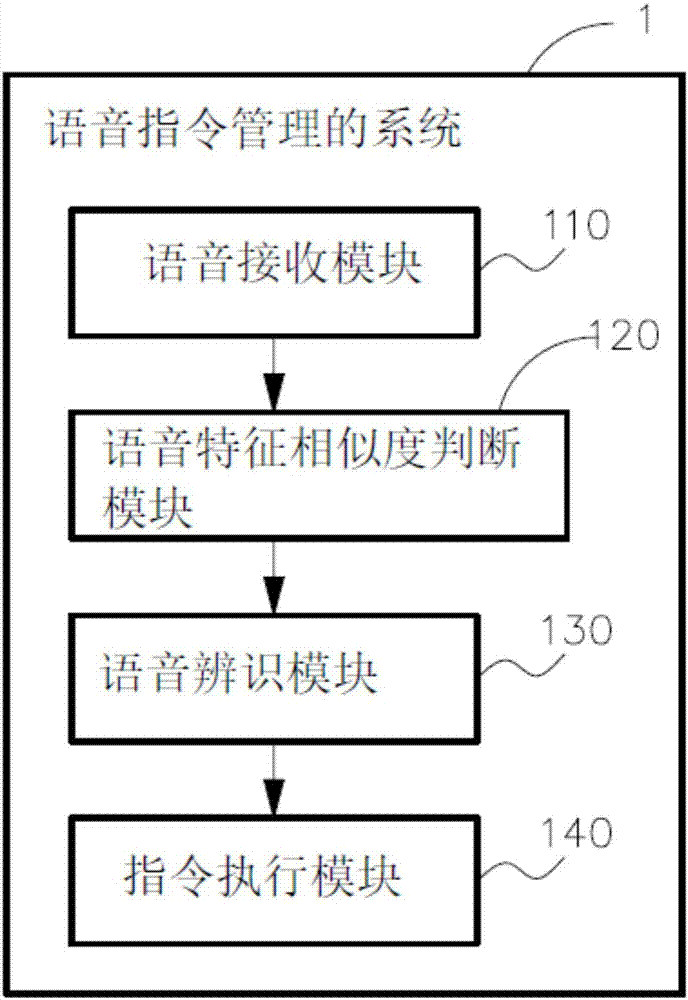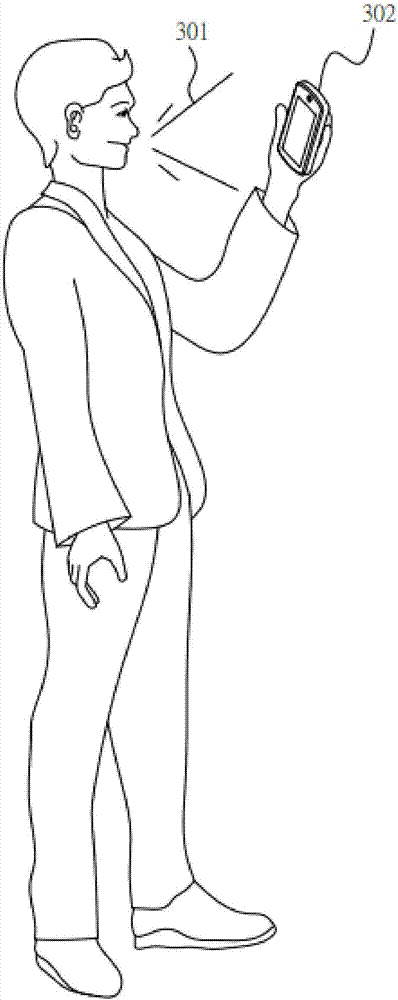Voice instruction management method and system thereof
A voice command and command technology, applied in voice analysis, transmission system, voice recognition, etc., can solve problems such as misoperation and user distress
- Summary
- Abstract
- Description
- Claims
- Application Information
AI Technical Summary
Problems solved by technology
Method used
Image
Examples
Embodiment Construction
[0021] In order to further explain the technical means and effects of the present invention to achieve the intended purpose of the invention, the specific implementation, structure, Features and their functions are described in detail below.
[0022] Specific embodiments of the present invention will be described in detail below in conjunction with the accompanying drawings.
[0023] Please refer to figure 1 , is a schematic diagram of the system architecture of the voice command management of the present invention, in figure 1 Among them, the system 1 of the voice command management includes:
[0024] A voice receiving module 110, configured to receive a voice command;
[0025] A voice feature similarity judging module 120, comparing whether the voice command matches a feature parameter of a pre-input voice sample;
[0026] A voice recognition module 130, comparing the voice command with a pre-input command sample, and judging an command corresponding to the voice command...
PUM
 Login to View More
Login to View More Abstract
Description
Claims
Application Information
 Login to View More
Login to View More - R&D
- Intellectual Property
- Life Sciences
- Materials
- Tech Scout
- Unparalleled Data Quality
- Higher Quality Content
- 60% Fewer Hallucinations
Browse by: Latest US Patents, China's latest patents, Technical Efficacy Thesaurus, Application Domain, Technology Topic, Popular Technical Reports.
© 2025 PatSnap. All rights reserved.Legal|Privacy policy|Modern Slavery Act Transparency Statement|Sitemap|About US| Contact US: help@patsnap.com



